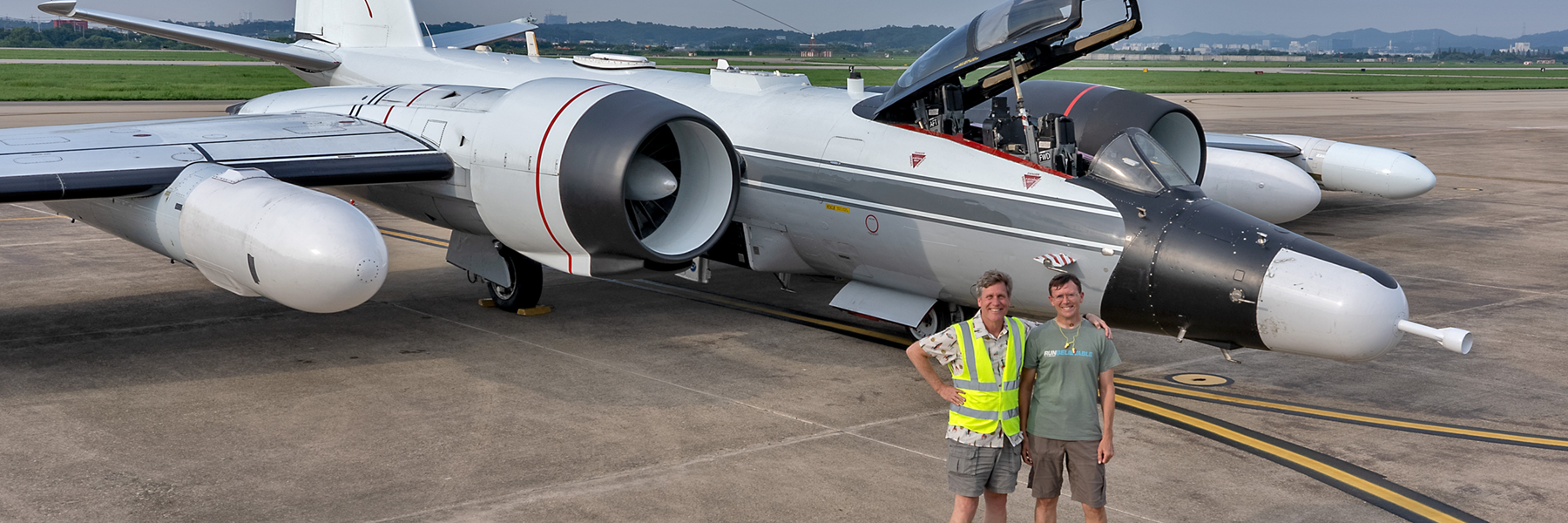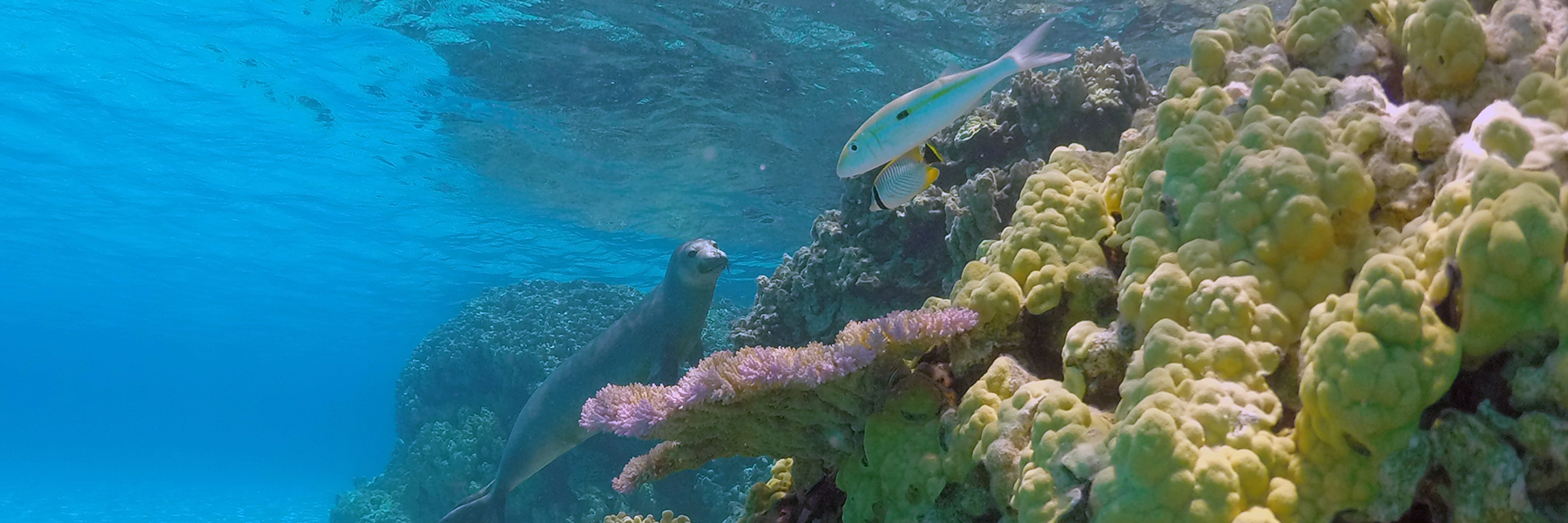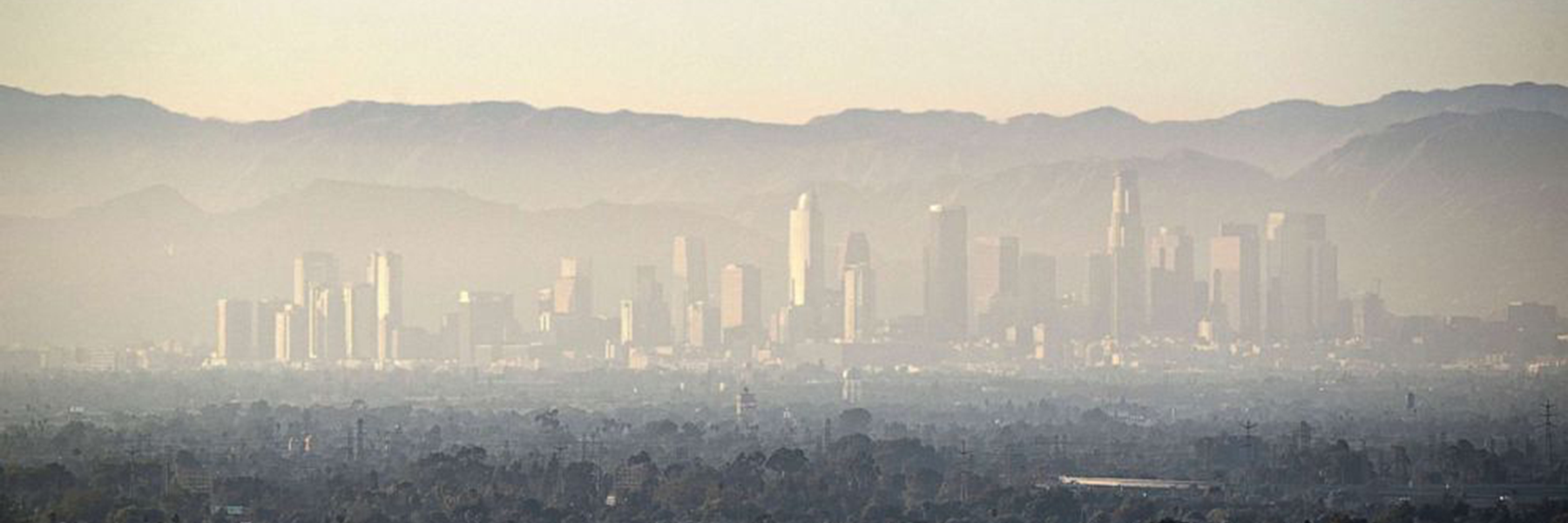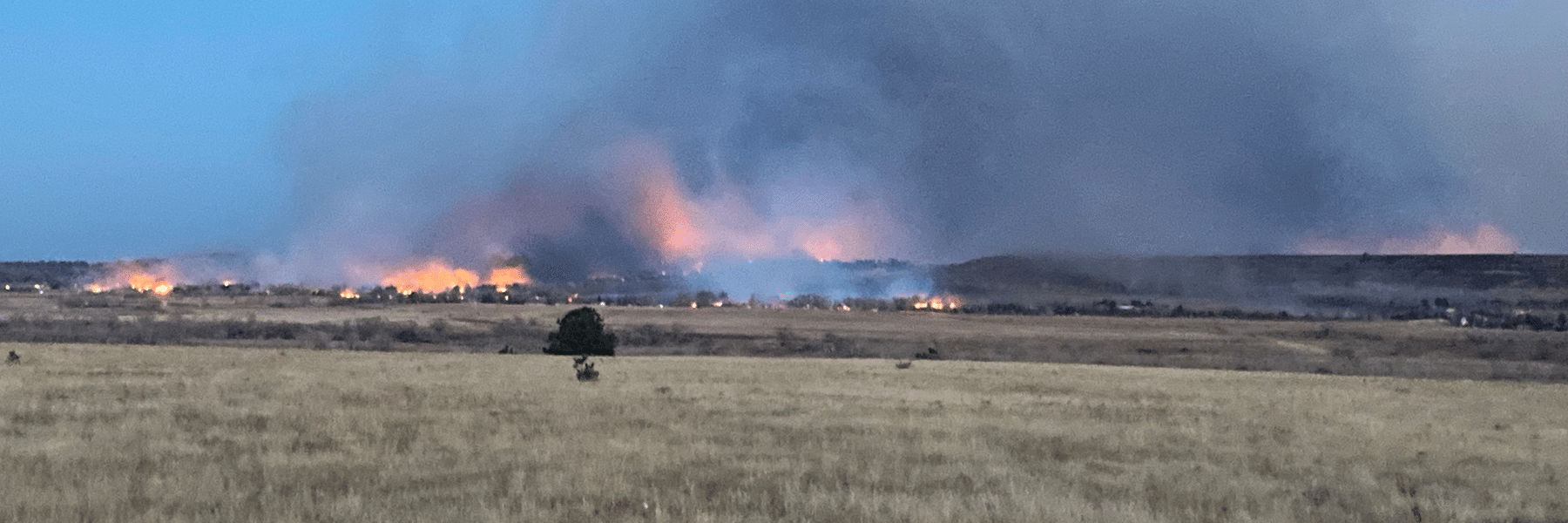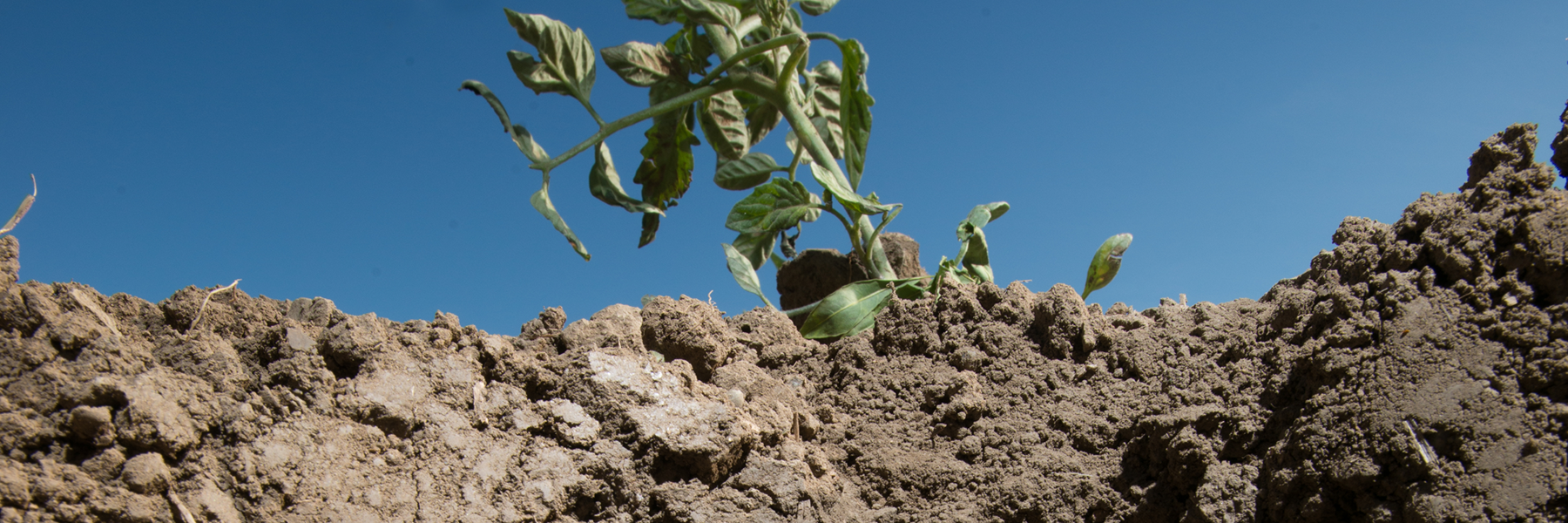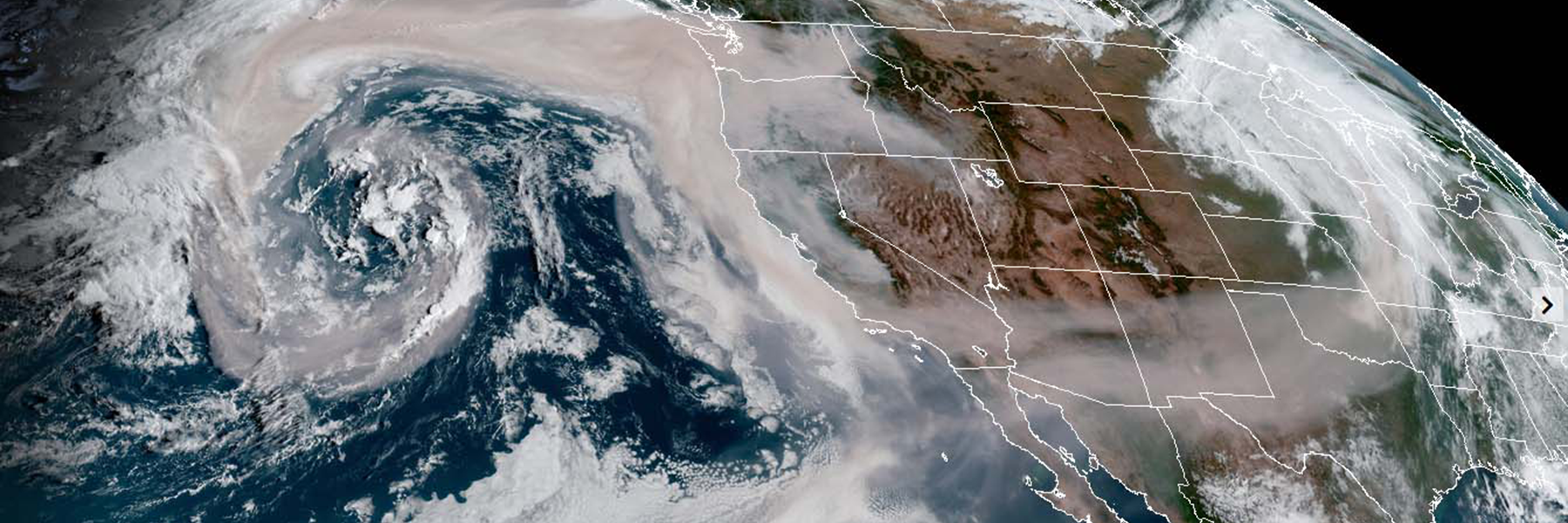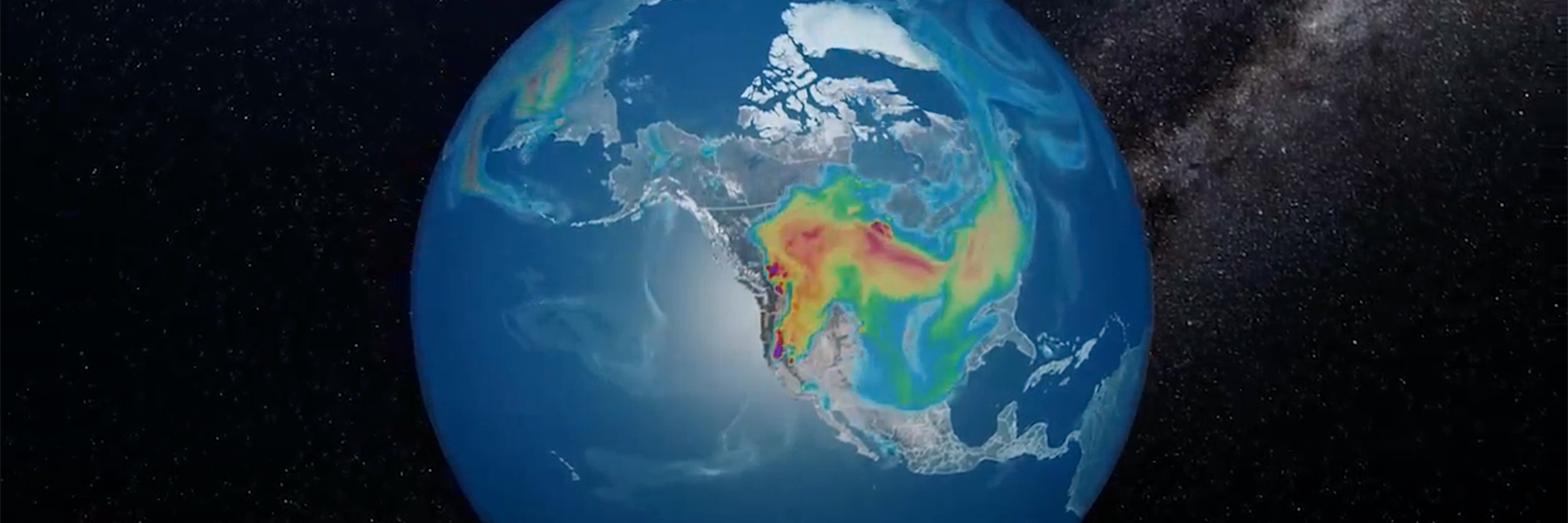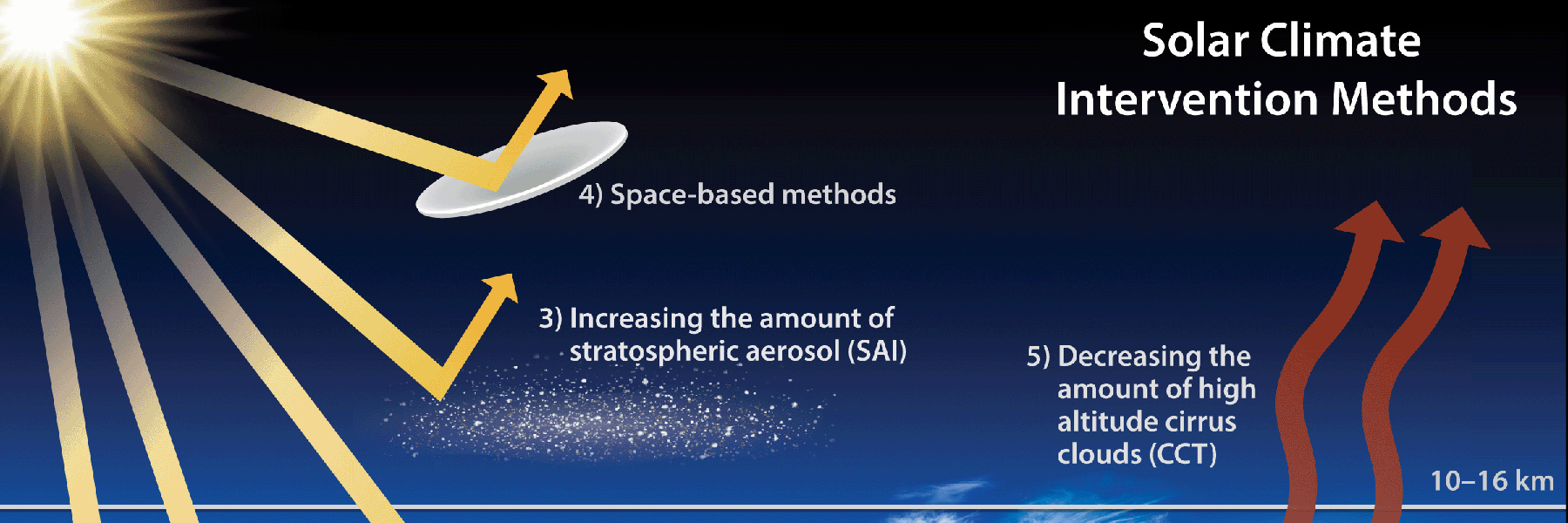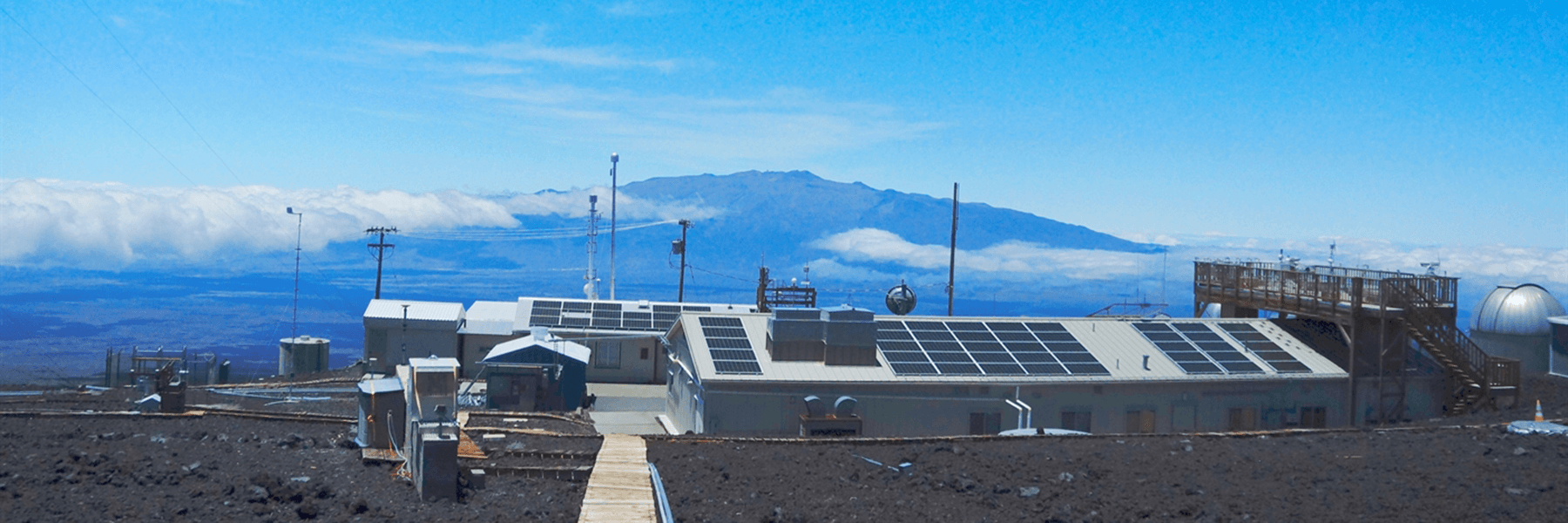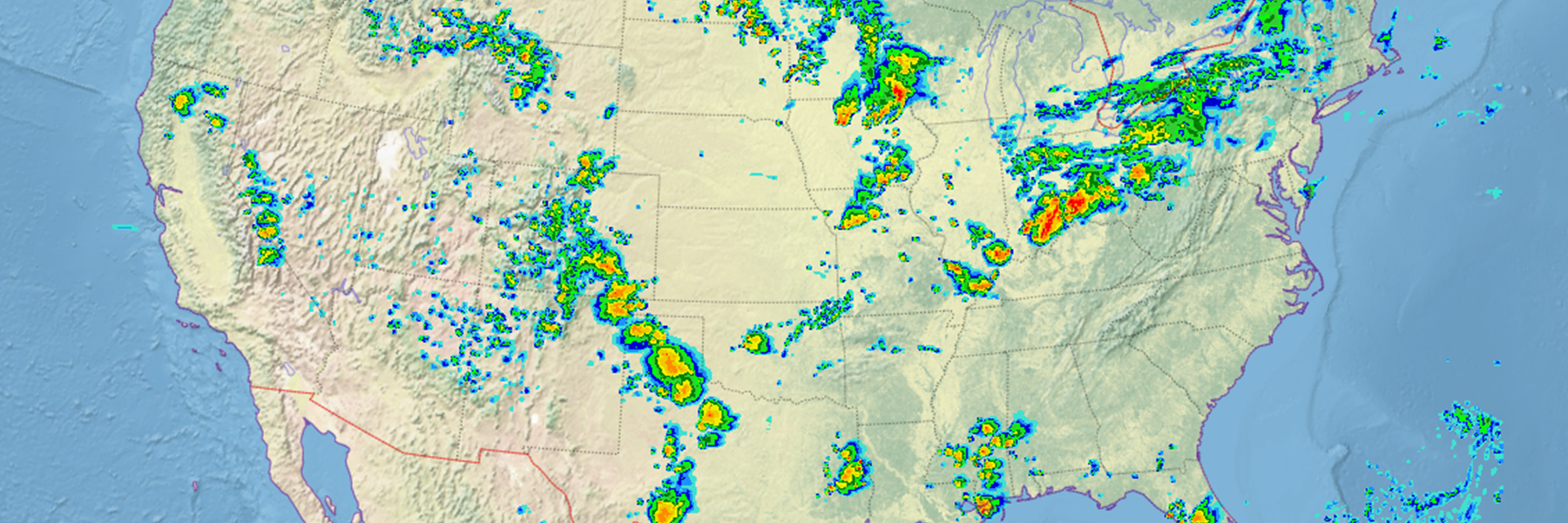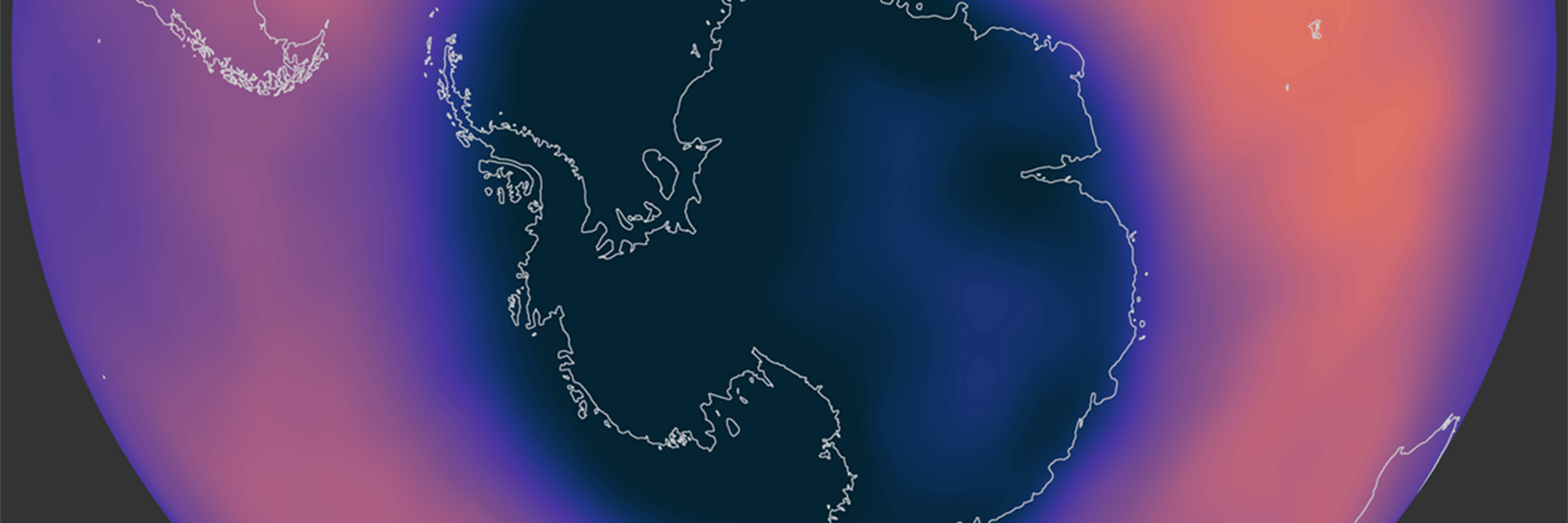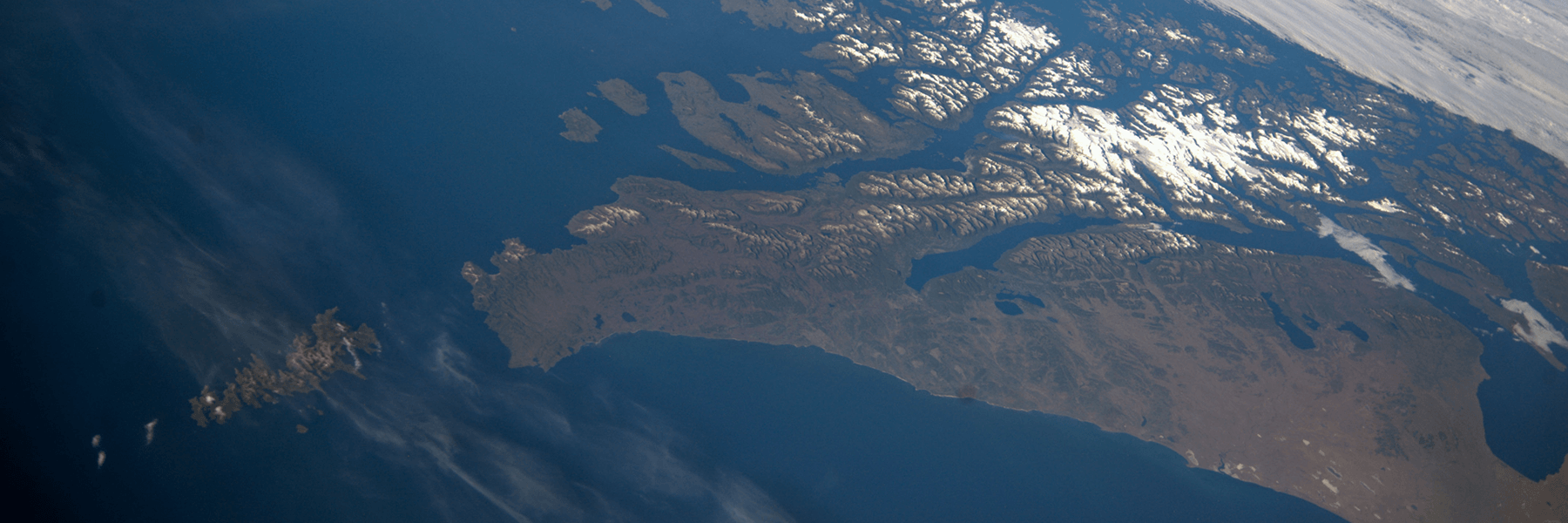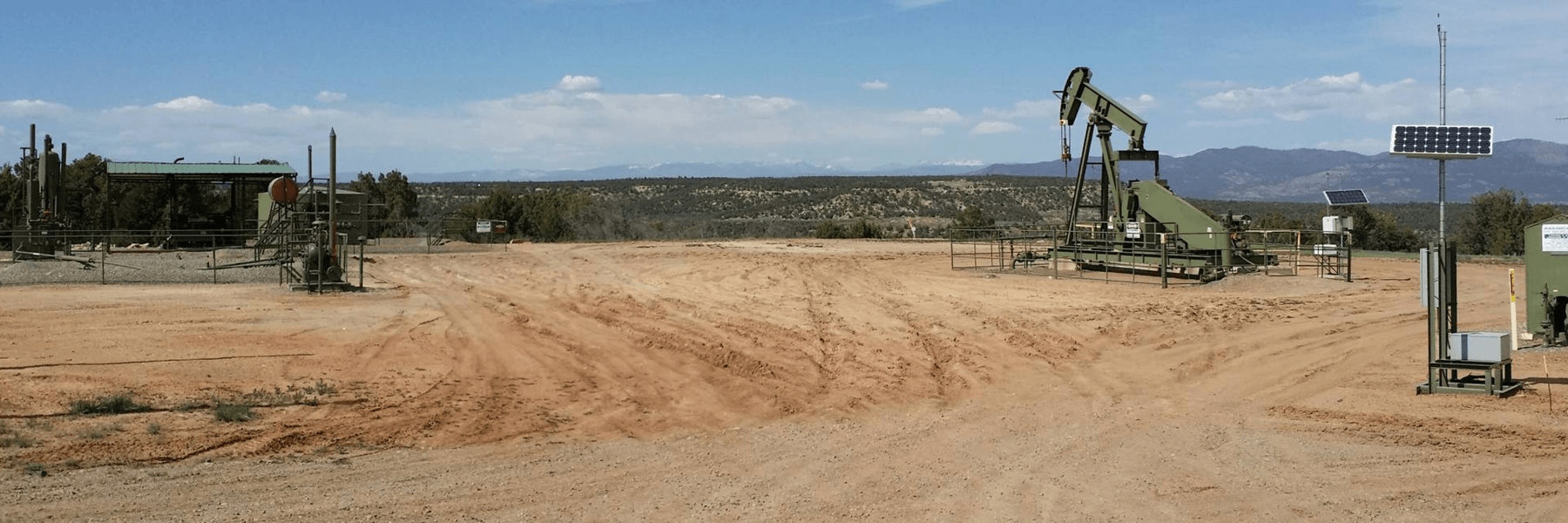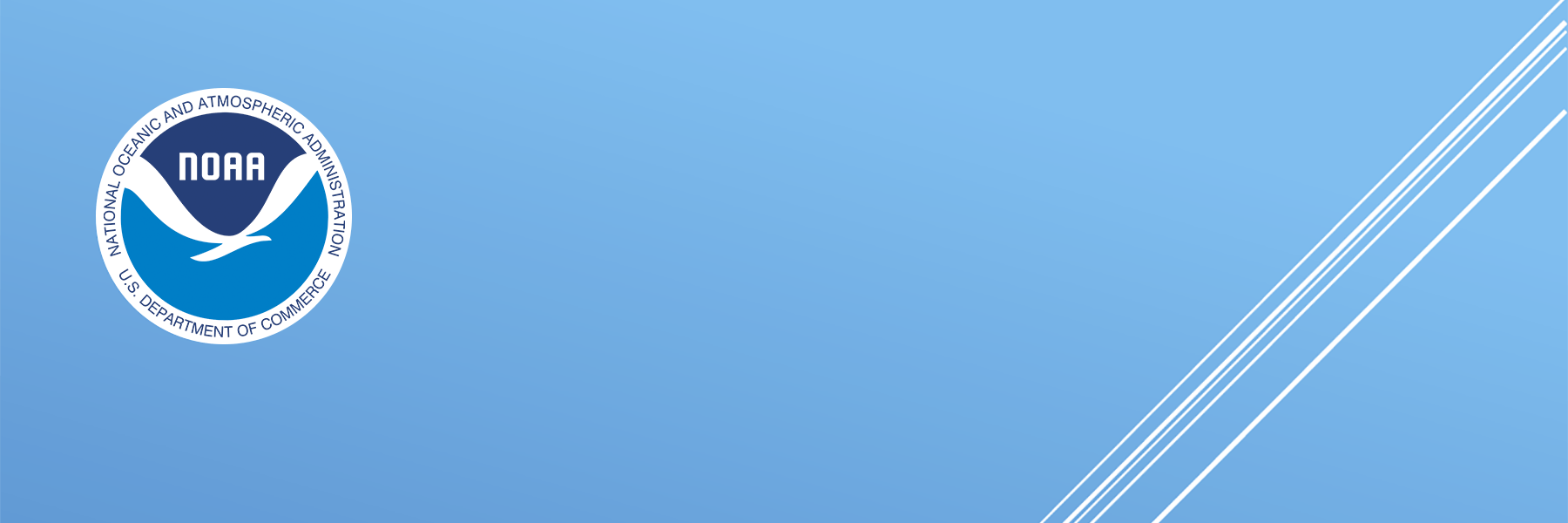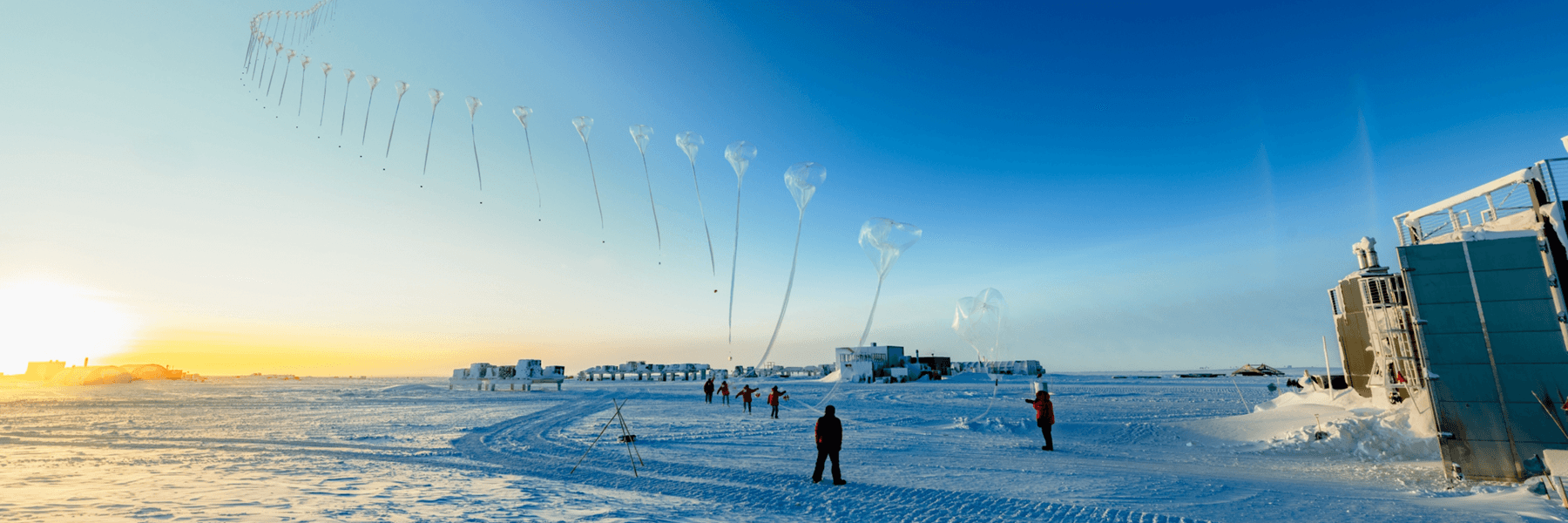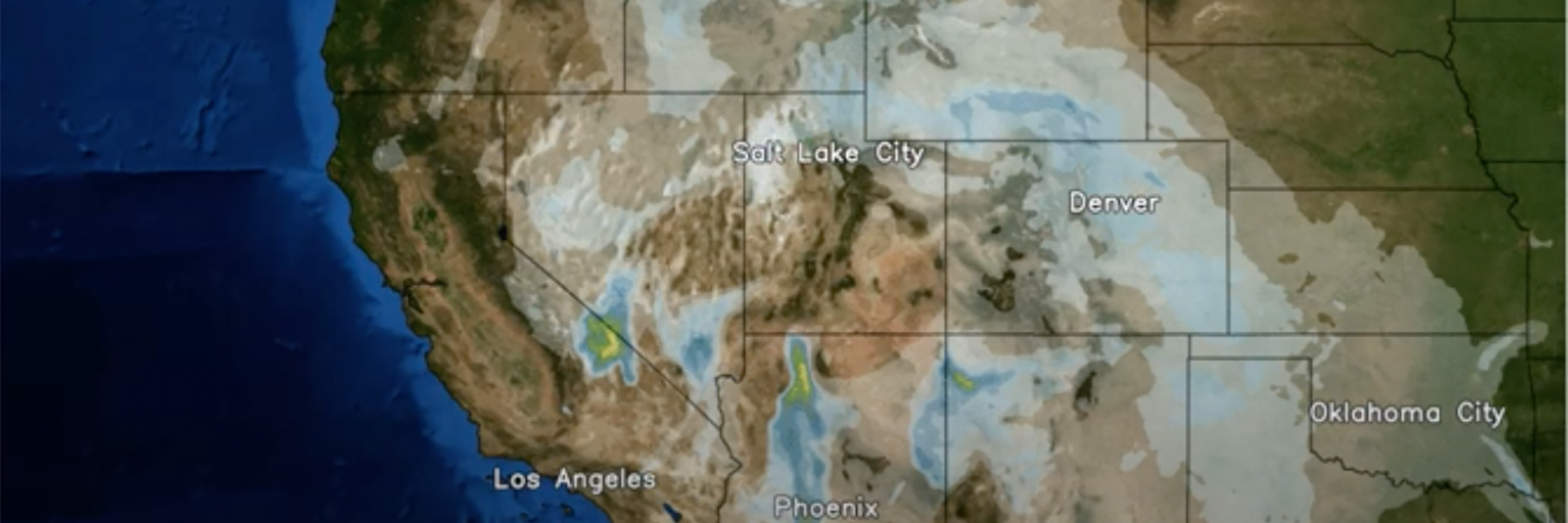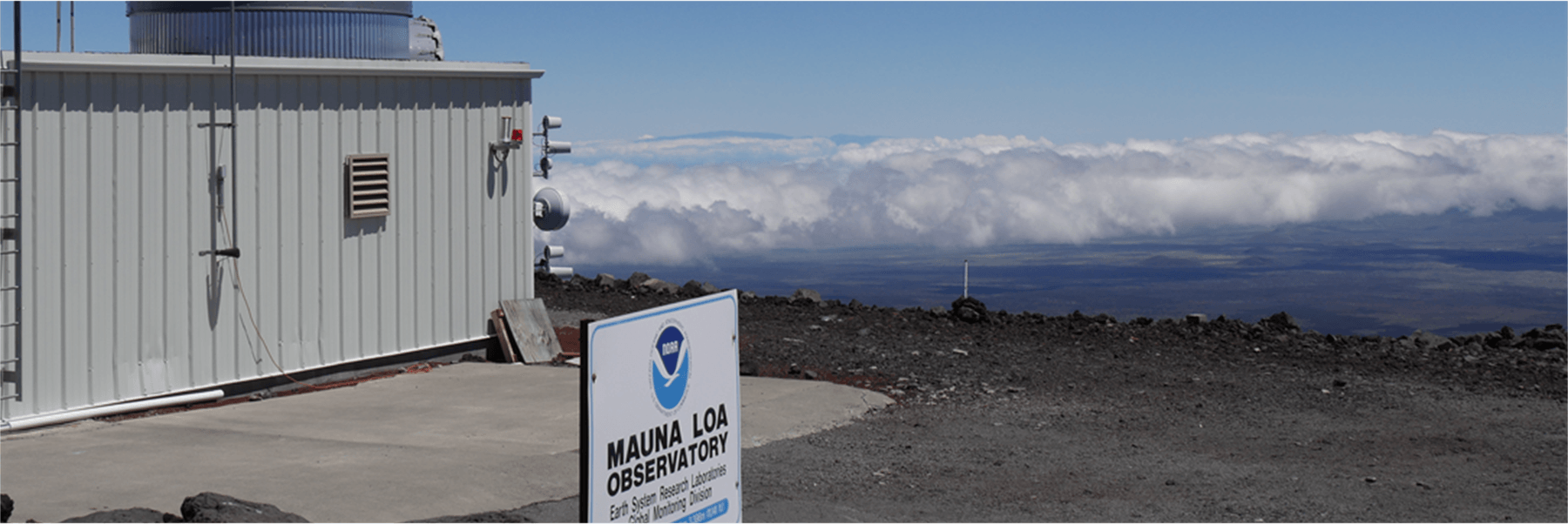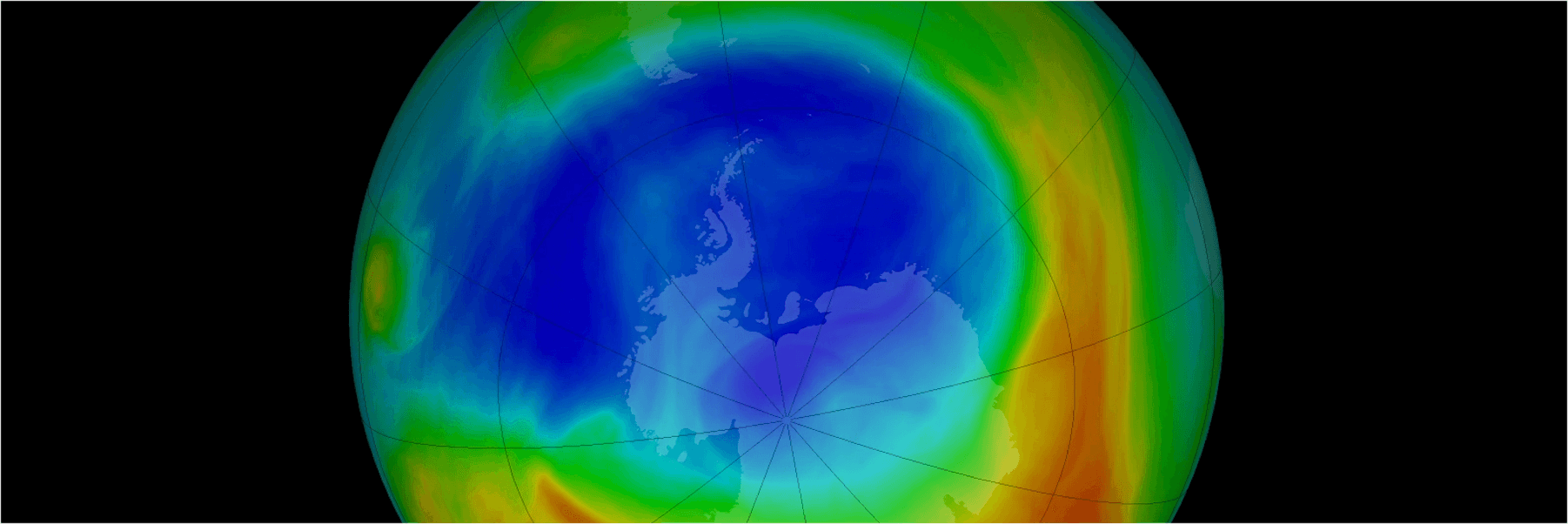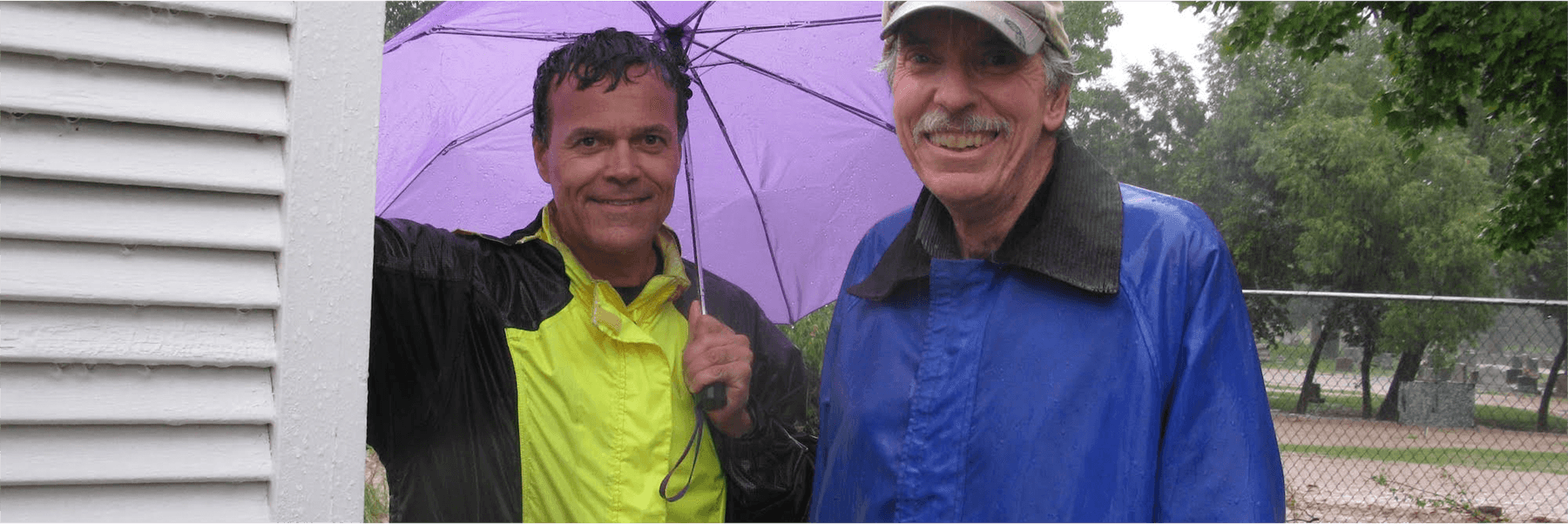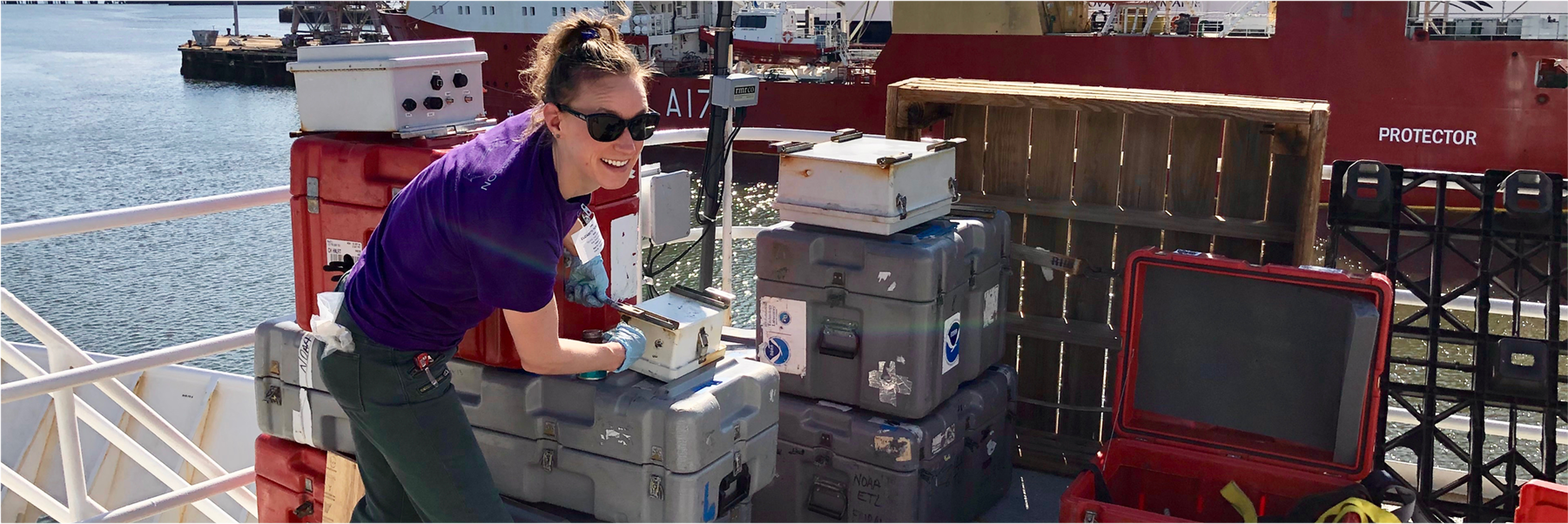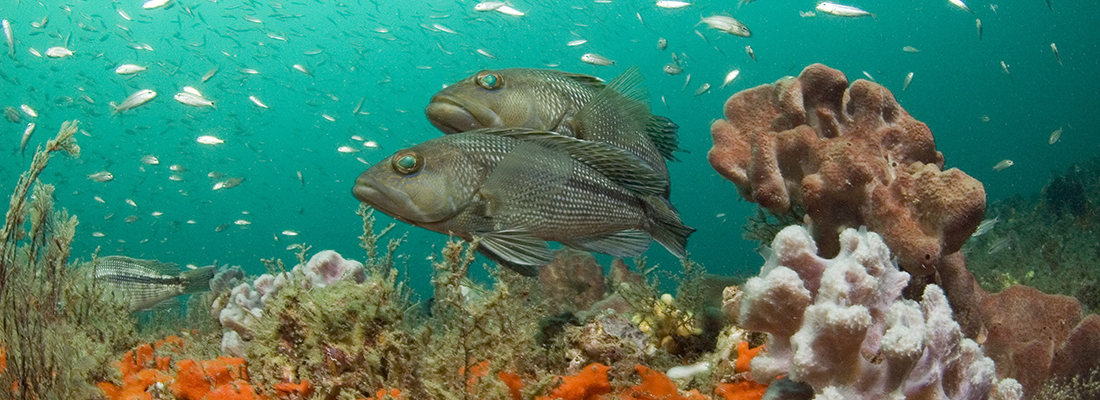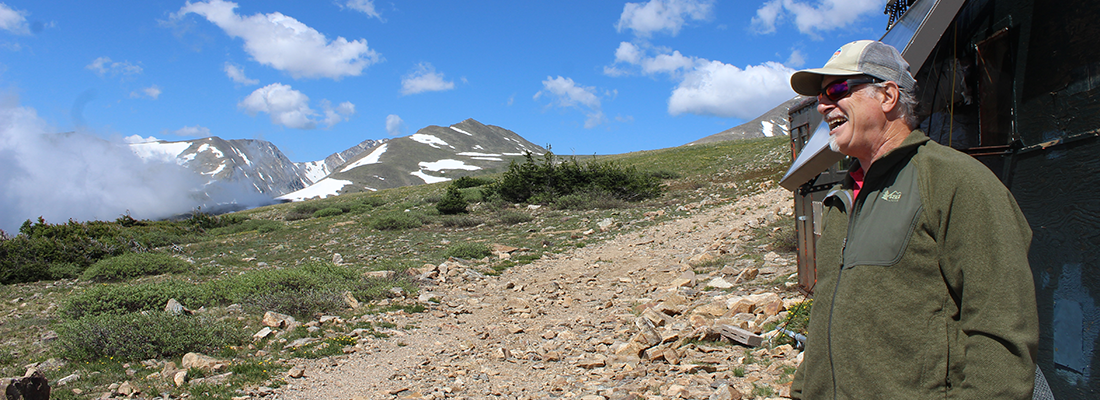News
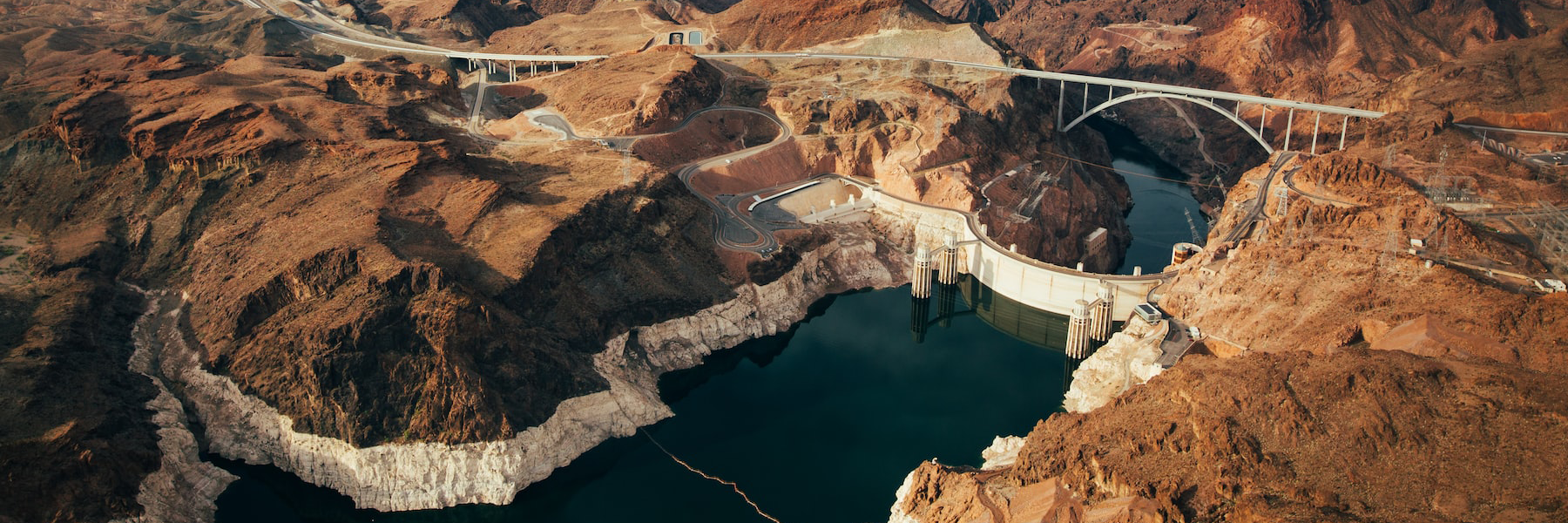
December 28, 2022
Examining the causes of the record drought and heat in California and Nevada during Water Year 2021
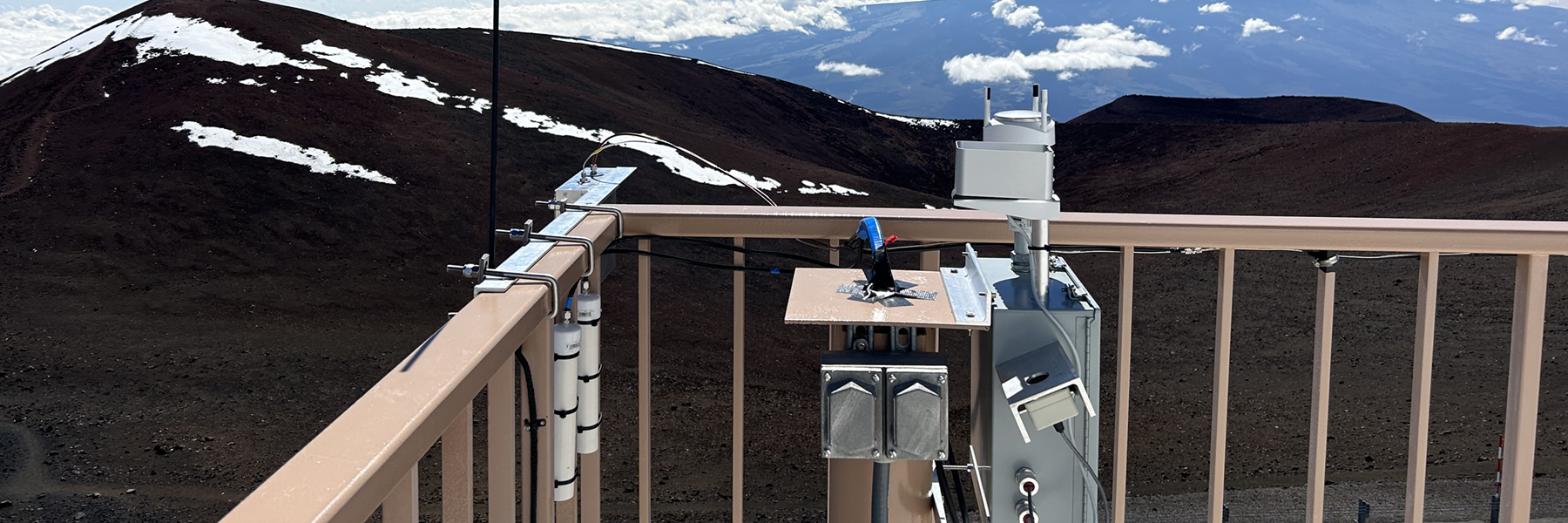
December 16, 2022
University of Hawaii, NOAA to gather climate change data following Mauna Loa eruption Previous
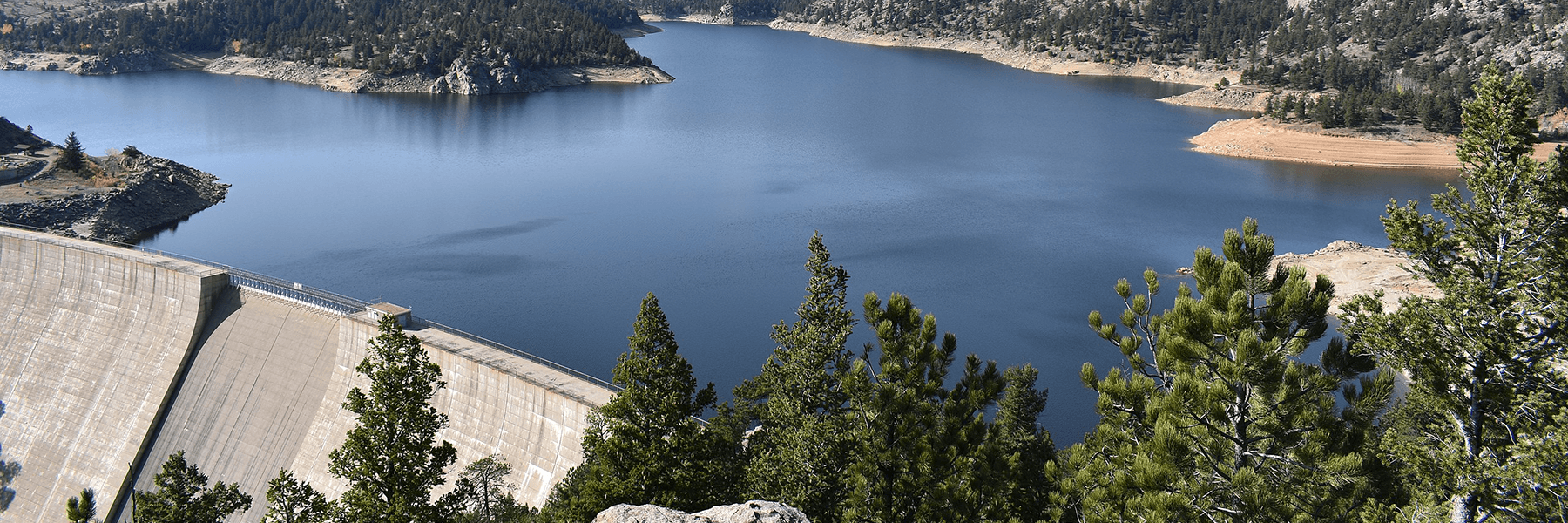
December 17, 2021
Study of historical storms helps modernize dam safety rules and flood risk estimates
_8.png)
May 19, 2021
Tall mountain ranges may not always act as natural barriers against pollutant transport

April 5, 2021
Investigating diverse extreme daily precipitation trends over the eastern and western U.S.
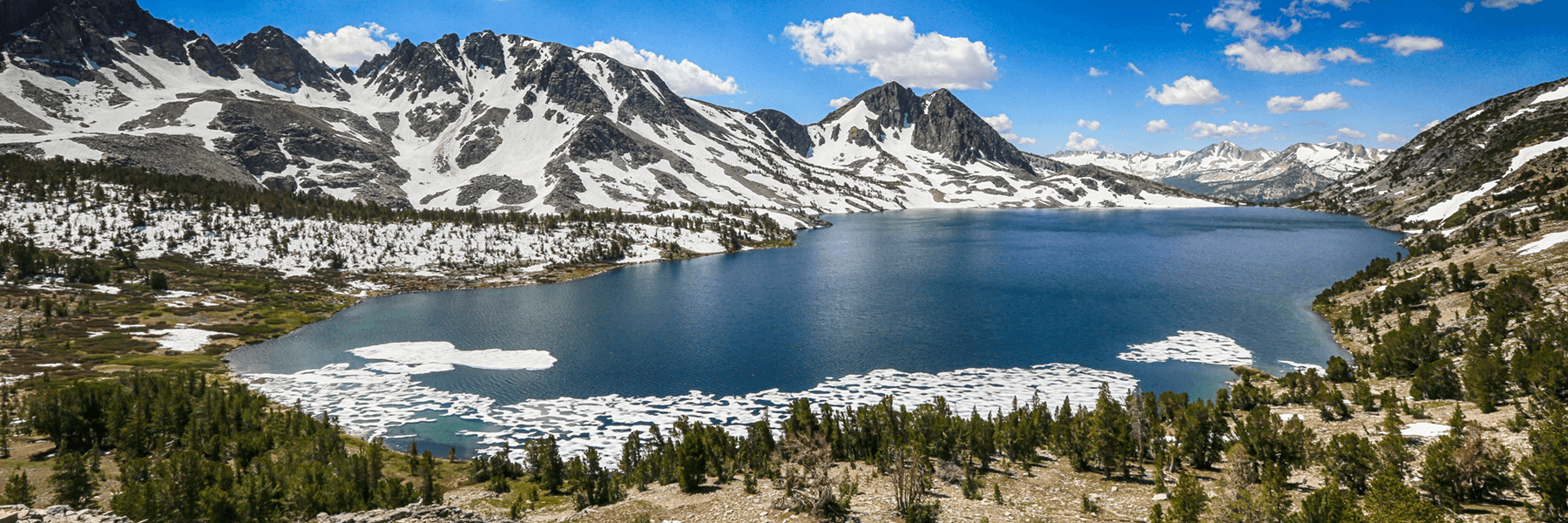
February 23, 2021
Study suggests western U.S. could see more extreme precipitation events, less seasonal snowpack, and a shorter wet season in the future
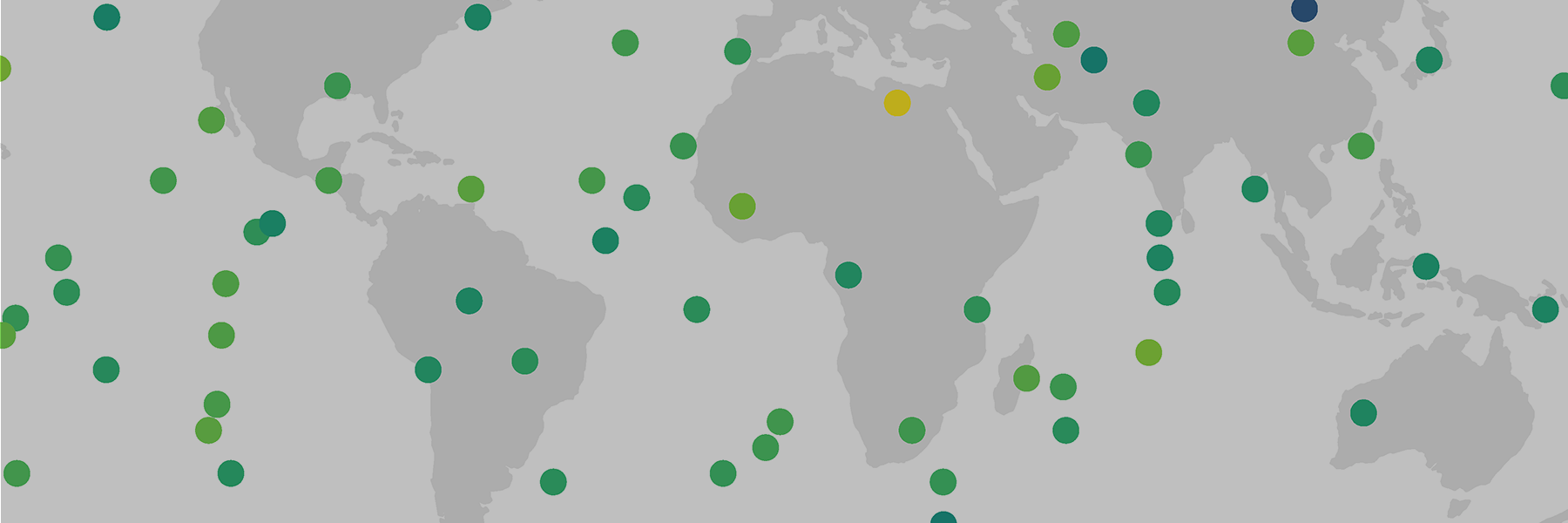
December 22, 2020
The world in a hundred snapshots: New calculation method could help improve climate model accuracy

December 3, 2020
GSL Successfully Transitions Significant Upgrades to NOAA Regional Hourly-Updating Weather Model

November 20, 2020
Study examines the record-breaking polar vortex and related extremes during the winter of 2019/2020

August 5, 2020
Researchers introduce "thermal displacement" as a new way to measure marine heatwaves
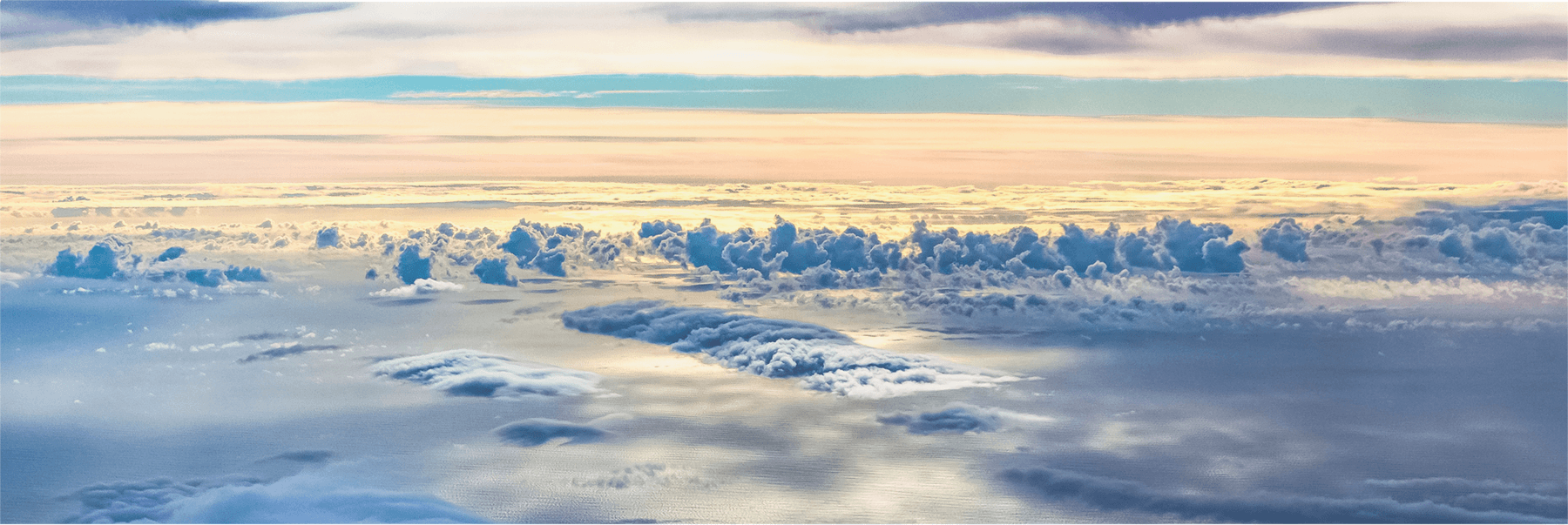
June 2, 2020
Smoke from wildfires and agricultural burning has an important role in regulating climate

June 1, 2020
New experimental model shows improved predictability of winter precipitation in the western U.S.
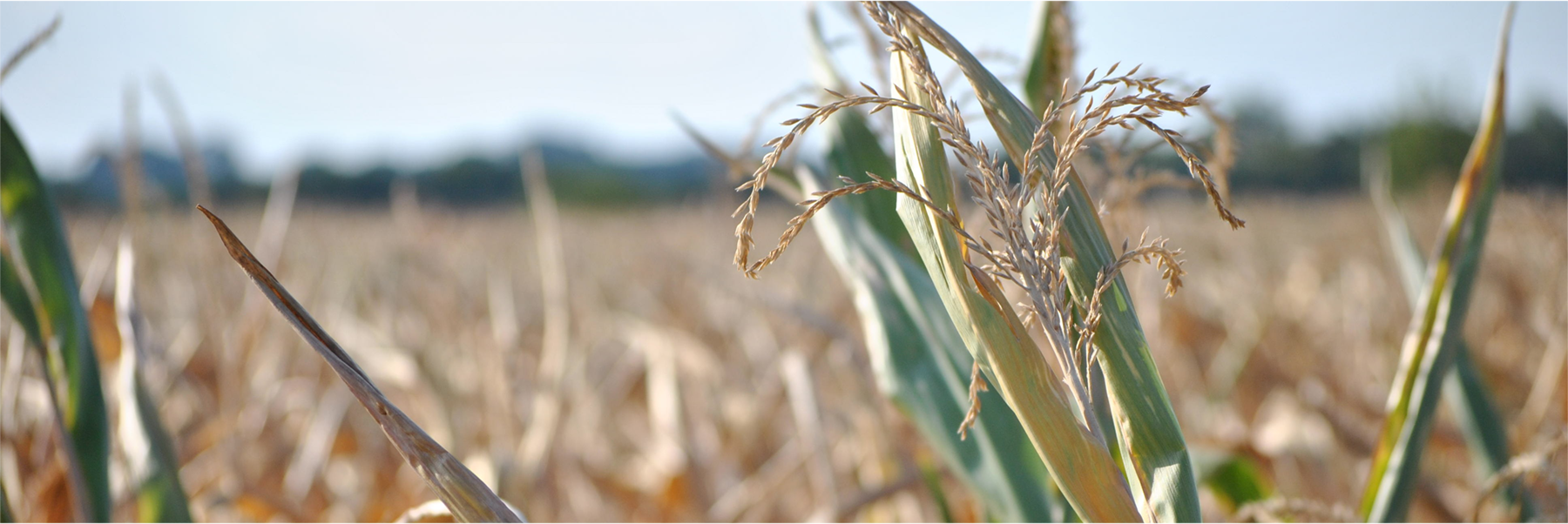
March 2, 2020
Study delves into the challenging issue of intense, quickly-developing 'flash droughts'
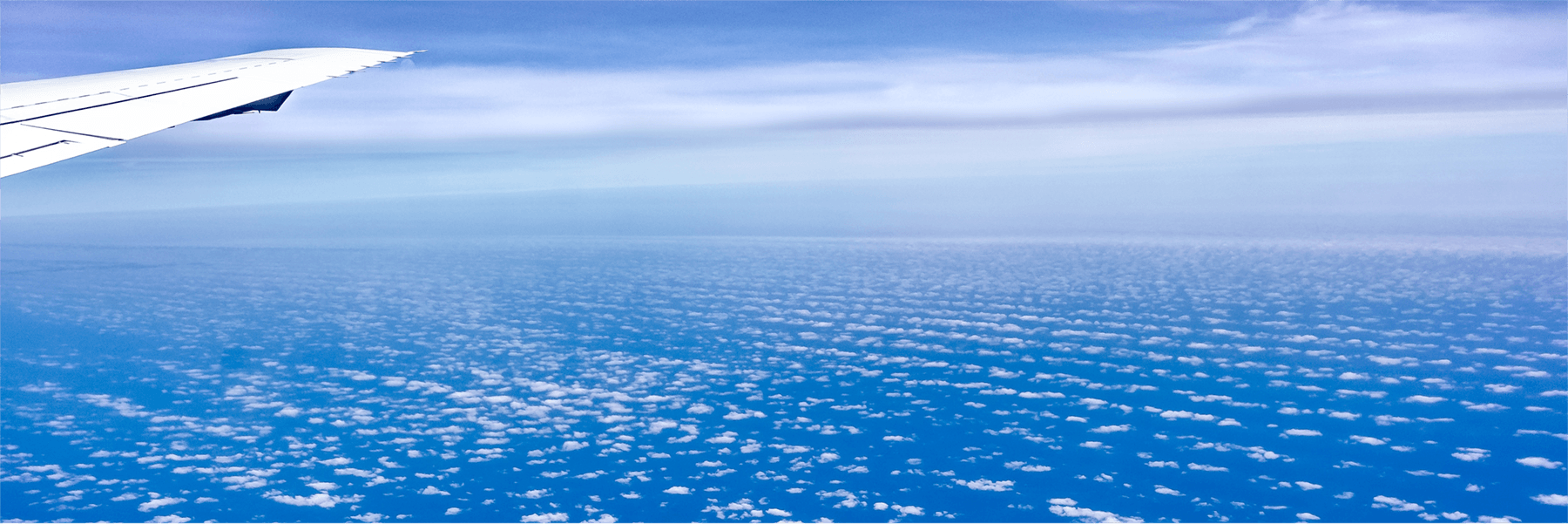
Febraury 18, 2020
Discovery of new chemical to spur reexamination of marine sulfur cycle and climate models

November 13, 2019
Researchers receive Governor's Awards for High-Impact Research
ESRL congratulates seven of its NOAA and CIRES researchers, and their collaborators

November 4, 2019
Twenty Questions and Answers About the Ozone Layer
2018 Update released at Montreal Protocol Meeting.

November 1, 2019
Mahoney named director of Global Systems Division
The previously acting director assumed her new role on October 28.

October 21, 2019
2019 ozone hole smallest on record
Warmth in polar stratosphere limited depletion. (Story @NOAA Research)

September 20, 2019
A Year Locked in Ice
Unprecedented international expedition to explore the central Arctic gets underway.

August 29, 2019
New NOAA app brings earth and space animations to your phone
SOS Explorer™ Mobile plays visually stunning movies on a virtual globe.

July 22, 2019
Where there's fire, there's smoke – and secrets for science to uncover
NOAA and NASA team up on a massive research campaign called FIREX-AQ.

July 8, 2019
Three ESRL researchers named recipients of PECASE awards
Early career scientists honored for innovative research.

June 15, 2019
Study investigates how climate change affects summertime hot droughts in the Southern Great Plains
Researchers take a step toward increasing knowledge on drought–heat wave interactions in a warming world.

June 5, 2019
Surprisingly large carbon uptake by North American biosphere during El Niños
New finding addresses a major uncertainty in climate models.

March 25, 2019
New study compares precipitation estimation products to observations
Researchers work towards better understanding of precipitation estimates in areas with complex terrain.

March 22, 2019
Global carbon dioxide growth in 2018 reached 4th highest on record
NOAA’s atmospheric observatory at Mauna Loa recorded the 4th-highest annual growth in the concentration of atmospheric CO2 in 60 years.

March 21, 2019
Improving lake-effect snow, lake ice, and visibility forecasts
NOAA team uses experimental coupling of weather prediction with lake hydrodynamics.

February 6, 2019
Scientific assessment of ozone depletion: full report released
NOAA helps lead international report updating on the state of Earth's protective ozone layer.

February 5, 2019
Developing new methods to create physically realistic, high-resolution precipitation forecasts
Study uses output from NOAA prediction system
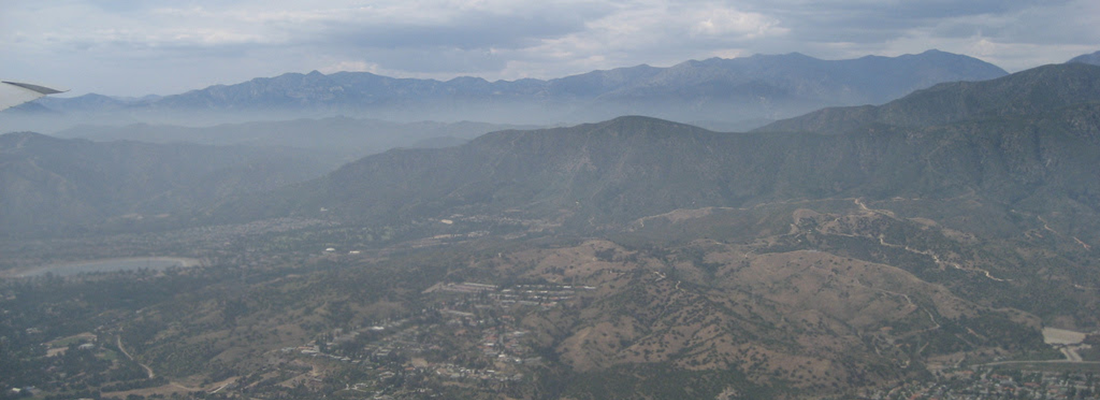
February 15, 2018
Emissions of Household Products a Dominant Urban Air Pollution Source
Household products are one of the leading culprits of urban air pollution according to a new CSD study published in Science.
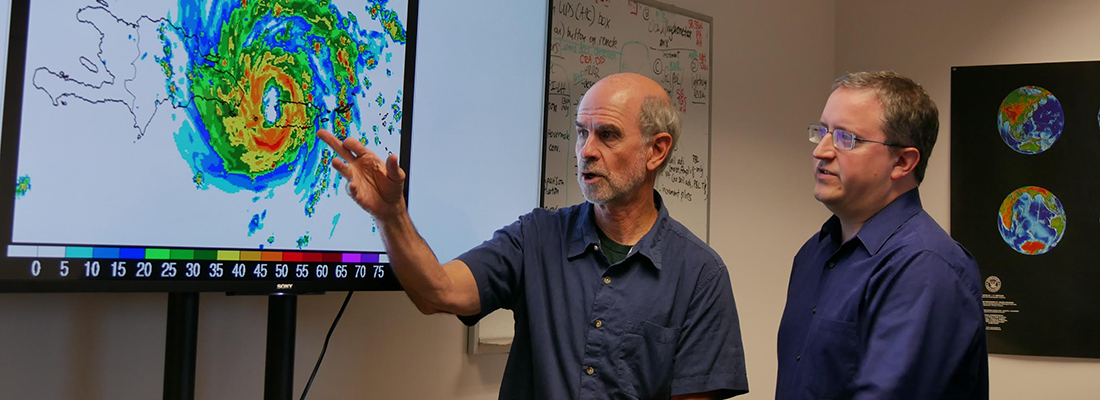
February 15, 2018
Curtis Alexander honored with AMS Early Career Award
Bestowed by the Weather Analysis and Forecasting Committee, Alexander received the award at the AMS Annual Meeting in January.

